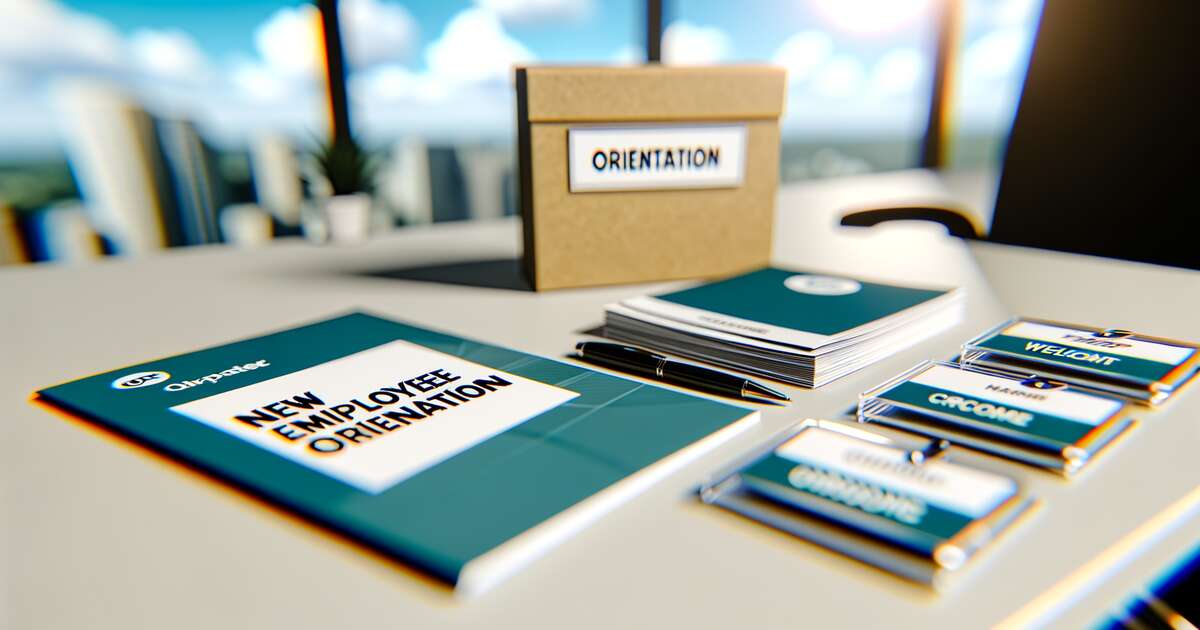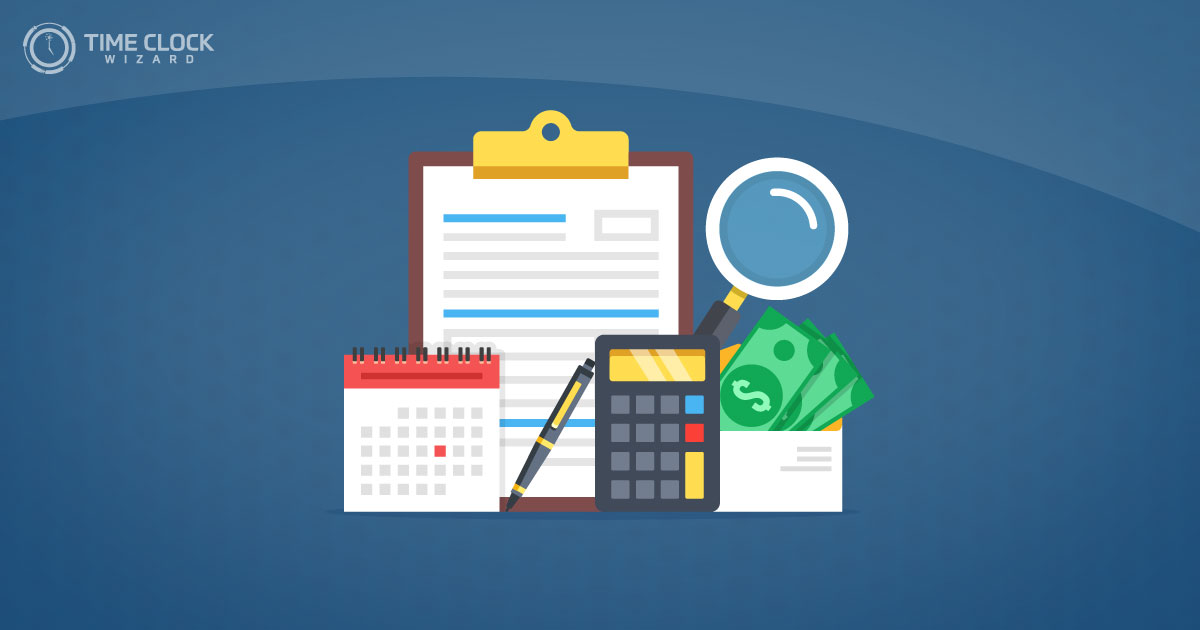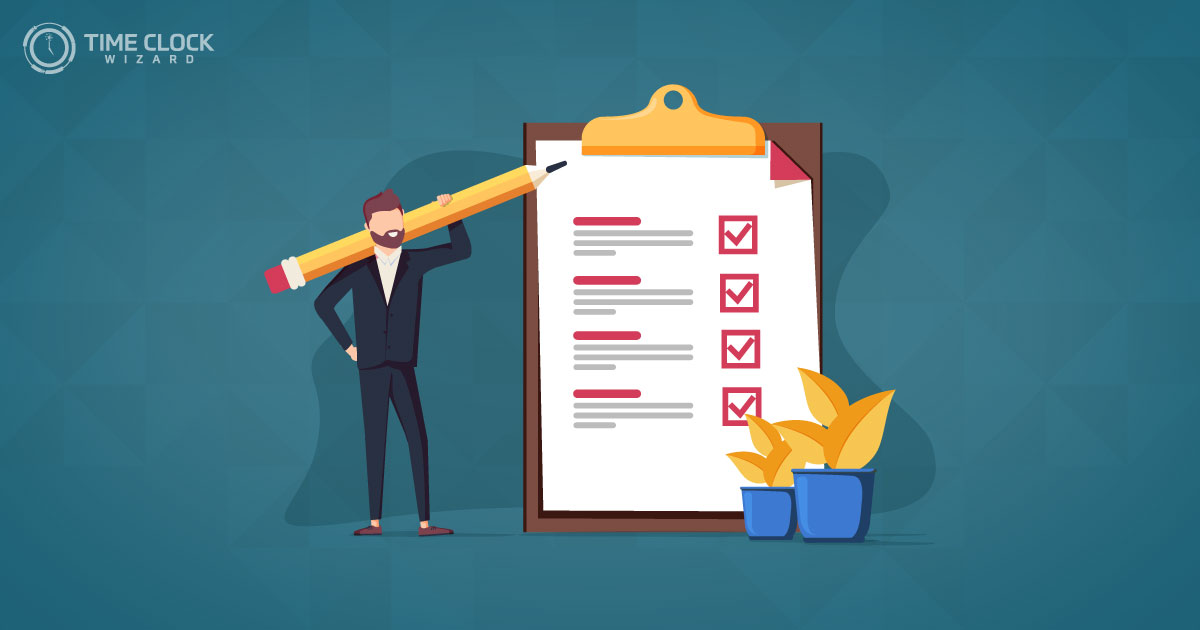
Are you gearing up for a new role and wondering what job orientation entails? Job orientation is your first real peek into the workings and culture of your new organization. It’s here that you begin to lay the groundwork for your success in what we hope will be a thrilling career step. Whether it’s understanding the company’s policies, meeting your new team, or getting equipped with the necessary tools and knowledge, orientation day is key to starting on the right foot.
This comprehensive guide will delve into what you can expect during your job orientation. From the introduction to your daily responsibilities to the fun parts like social mixers or ice-breaker activities, we’ve got you covered. How do companies ensure their employees start with all the information they need? What should you prepare in advance to make the most of this opportunity? Read on to learn how to navigate your orientation smoothly and efficiently, setting a positive trajectory for your career path.
Understanding Job Orientation: A Comprehensive Overview
Navigating through the details of Job Orientation can seem daunting at first, but understanding its structure and purpose is crucial for every new hire. What exactly is job orientation, and why is it so important? Let’s dive into a comprehensive overview that will clear up any uncertainty and set the stage for a successful introduction to your new role.
Job orientation, often the first step after being hired, serves as a bridge between the recruiting process and your actual job responsibilities. It’s tailored to help you integrate smoothly into the company culture and understand the organizational structure and your role within the company. But what can you expect to learn from this essential process?
- Overview of the company’s mission, vision, and values
- Introduction to your colleagues and key departments
- Detailed walkthrough of your daily responsibilities
- Review of workplace policies and procedures
- Health and safety protocols
A thorough job orientation outlines not only your duties but also the benefits and resources available to you as a new employee. Why do you think companies invest time and effort in crafting such detailed orientation programs? The answer is simple: it enhances employee engagement and retention by making you feel welcomed and valued from day one. 🌟

Key Elements of a Job Orientation Program
Understanding the key elements of a job orientation program is crucial for every new employee to ensure they have a smooth transition into their new role. So, what should you look for in an effective orientation program?
Firstly, a comprehensive introduction to the company’s culture and expectations is fundamental. This isn’t just about who does what; it’s about embedding new hires into the company ethos and giving them a sense of belonging from day one. Isn’t it always nicer when you feel like part of a community at work?
- Overview of company policies and procedures
- Safety information, including emergency exits and equipment handling
- Administrative setup like payroll, work schedules, and communication tools
Moreover, job orientations should include a detailed introduction to the employee’s specific role and expectations. It’s about aligning their skills with their daily responsibilities and long-term objectives within the company. How exciting is it to see your career path laid out in front of you?
Interactive sessions with team members and other departments can also foster a sense of team spirit and collaboration early on. These interactions are crucial for building internal networks and understanding the interplay between different segments of the company.
How to Prepare for a Successful Job Orientation
Getting ready for a job orientation can feel a bit daunting, right? Well, no worries! Preparing effectively can help you make a fantastic first impression and pave the way for a successful start at your new job. With the right approach, you can turn those nerves into excitement and confidence.
Firstly, gather as much information as possible about the company’s culture, values, and goals. This is not just about impressing your new employers, but also about ensuring that you’re stepping into your new role with a solid understanding of what’s expected. Have you checked the company’s website and recent news articles yet? It’s a great way to get up to speed!
Next, prepare any documents and items you might need. These often include forms of identification, educational certificates, and perhaps even a copy of your resume. Remember, it’s better to be over-prepared than to be caught off guard.
Lastly, dress appropriately for the orientation. If you’re unsure about the dress code, it’s perfectly okay to ask your HR contact. After all, dressing the part is key to feeling part of the team!

Common Activities and Exercises During Job Orientation
When starting a new job, the Job Orientation process is crucial for integrating into your new role. But what exactly will you be doing during this initial period? Let’s dive into some common activities and exercises that are typically part of job orientation programs.
Interactive Workshops and Team Building
Most orientations include interactive workshops designed to familiarize you with the company culture and operational procedures. These workshops often involve role-playing exercises that help illustrate daily responsibilities and potential scenarios you might encounter. Are you ready to collaborate with your new colleagues in team-building exercises? These activities are not only fun but also a great way to forge essential bonds with your team members.
Training Sessions
Expect to participate in detailed training sessions that cover everything from compliance and safety protocols to software usage. These training are tailored to ensure you have all the necessary tools and knowledge to perform your job effectively. 🛠️
Q&A Sessions
Have questions? Job orientation is the perfect opportunity to ask them. Structured Q&A sessions allow you to clear up any uncertainties and gain deeper insights into your role and the company’s expectations. It’s a safe space to voice any concerns and get feedback directly from leadership and peers.
Benefits of Attending Job Orientation for New Employees
Attending a job orientation can significantly smooth your transition into a new role. Wondering how? Well, one of the primary benefits of job orientation is that it provides you with critical knowledge about your new workplace’s culture and expectations. Getting familiar with the company’s mission, values, and team dynamics is invaluable as you start to integrate yourself within the organization.
Furthermore, these sessions introduce you to your colleagues and superiors through meet-and-greet activities or team bonding exercises. Isn’t it great to make some friendly connections right from the start? It not only enhances your comfort level but can also facilitate smoother collaboration and communication as you begin your tasks.
In addition to the social benefits, job orientation often involves practical training on tools, software, and processes unique to the organization. As a result, you can hit the ground running without the typical initial hiccups that might slow you down. For many, understanding the logistical details such as security protocols, facility tours, and administrative procedures is a clear advantage, solidifying the importance of attending job orientation without question.
- Comprehensive understanding of company culture and expectations
- Opportunities for early networking with colleagues and managers
- Practical training on necessary tools and software
- Insight into important logistical details and workplace procedures
Common Questions
Does orientation mean you’re hired?
Yes, attending an orientation generally means that you have been officially hired, although this might not be the case in every organization or industry. Orientation is typically a part of the onboarding process when new employees are introduced to the company’s policies, procedures, and culture. It is usually the final step in the hiring process, where the employment offer is contingent upon completion of all prior steps such as interviews, background checks, and drug tests.
What should I bring to job orientation?
It’s important to be well-prepared for job orientation by bringing necessary documents and items. Typically, you should bring identification cards, such as a driver’s license or passport, and any required documentation for payroll setup, like your Social Security card or tax forms. Additionally, it’s a good idea to bring a notebook and a pen to jot down important information, any questions you might have, and a copy of your job offer and any related employment paperwork. Being prepared will help you make a good impression and ensure that your orientation process goes smoothly.
What is the purpose of orientation?
The primary purpose of orientation is to welcome new employees to the company and prepare them for their new roles. Orientation sessions are designed to provide essential information about the company culture, organizational structure, and key policies and procedures. It’s also a chance for new hires to learn about their job responsibilities, meet their coworkers and managers, and understand the resources available to help them succeed in the workplace. Effective orientation helps in building a solid foundation for new employees and often contributes to a higher level of job satisfaction and retention.
What to wear to a job orientation?
The appropriate attire for a job orientation largely depends on the company’s dress code and the industry in which it operates. It is always a safe bet to dress professionally and conservatively for the first impression unless informed otherwise. For corporate settings, business attire, such as a suit or a dress, is often expected. For less formal environments, business casual (such as slacks and a button-down shirt) might be more appropriate. It’s recommended to check with the HR department or the hiring manager prior to the orientation if you are unsure about the dress code.
Tips for Employers: Enhancing Your Job Orientation Process
Revamping your job orientation process can be a game-changer for both your new hires and your organizational culture. But where do you start? Enhancing your orientation process to make it more engaging and informative is crucial in fostering a positive first impression and setting the stage for employee success.
Personalize the Experience
Each new hire is unique, so why should your orientation be one-size-fits-all? Personalizing the job orientation process not only makes new employees feel valued but also addresses their individual needs and roles. Consider incorporating personalized welcome packages or interactive sessions that cater specifically to the roles and responsibilities of various positions within the company.
Utilize Technology
In the digital age, leveraging technology to enhance job orientation is a no-brainer. Why not create engaging, multimedia presentations or offer virtual reality tours of your facilities? These tech-driven approaches can make the learning process more dynamic and memorable for new employees.
Gather Feedback
How do you know if your orientation process is effective? Simple: ask your employees. Implementing a structured feedback system allows you to gather insights directly from new hires about what’s working and what’s not. This ongoing feedback can be invaluable in continuously refining your approach. Remember, the goal is to keep improving the orientation experience.
Are you ready to take your job orientation to the next level? Implementing even a few of these strategies can lead to happier employees and a more cohesive workplace. 🌟
Final Notes: Complete Guide to Job Orientation: What to Expect?
As we wrap up this journey through the essentials of job orientation, isn’t it exciting to feel more prepared for what lies ahead? Understanding what to expect and how to prepare gives you a solid foundation as you step into your new role. Remember, a well-executed job orientation can significantly ease your transition into a new work environment, boosting your confidence and readiness. Are you ready to make the most of your upcoming job orientation?
Don’t forget, whether you’re an employer or a new employee, refining and engaging in the job orientation process is a key step towards building successful workplace relationships and a positive work culture. So, leap into your next job orientation with enthusiasm and be proactive—ask questions, interact with your peers, and absorb as much information as possible. Here’s to new beginnings and fruitful experiences at your new job! 🎉





